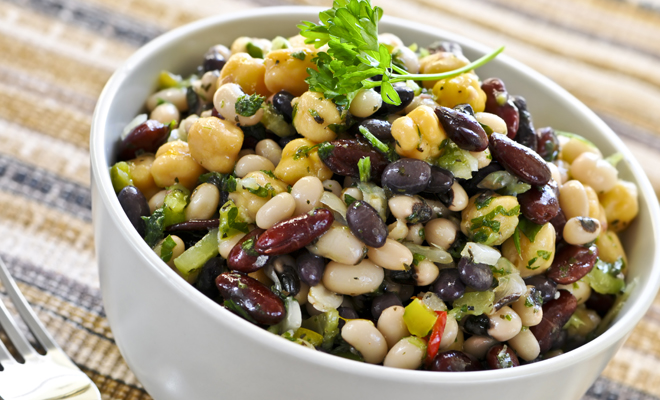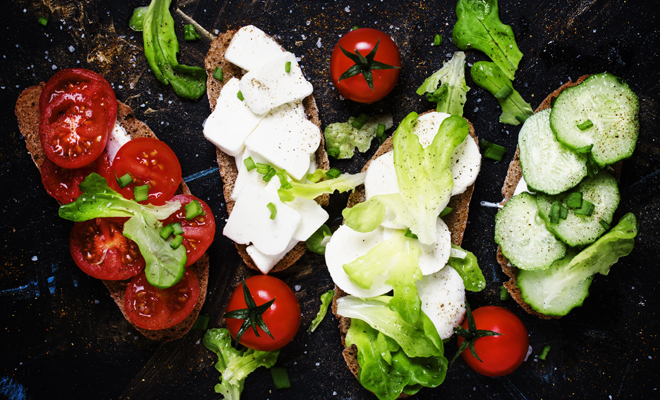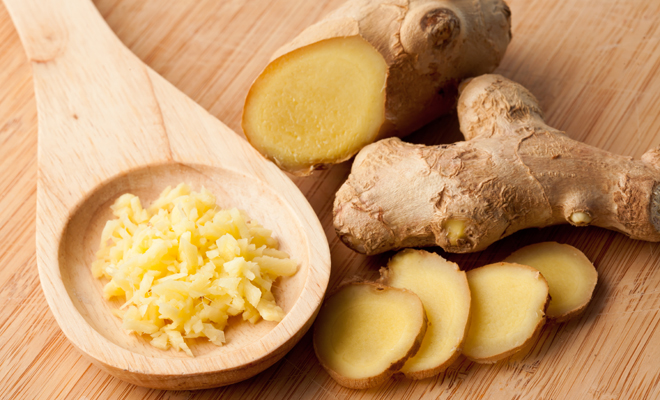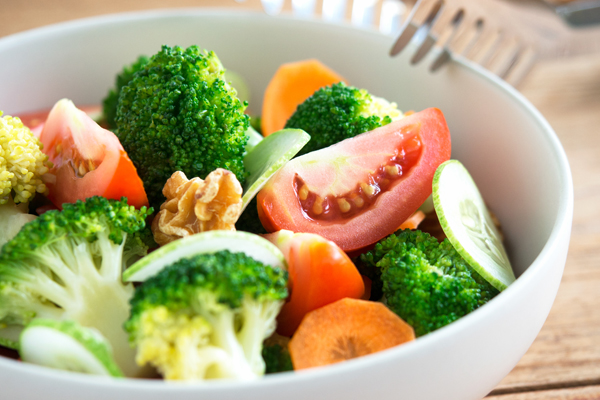Legumes are ideal to consume throughout the year, we just have to take note of new recipes and add a little love and creativity to our dishes. And most importantly, TRY THEM FOR YOURSELF
Legumes, although they have been largely forgotten in summer, have made a strong entrance into the most cutting-edge kitchens and are a trend nowadays without meat as the main source of vegetable protein and as an excellent food to control excesses in summer, and it is that in this time of year you can also eat healthy and enjoy it.
Until now your fresh and light salads in summer lacked foundation, so starting to prepare them with legumes can be an excellent idea to enrich your summer dishes. Legumes will make your dishes more complete and, combined with raw and fresh vegetables, they are lighter and easier to digest. It is also recommended to eat legumes 1 or 2 times a week in salads and fat-free stews. Do you want to know more about how you can include them in your summer diet? Let’s talk about them.
Do you know all the variety of legumes there are to choose from?
There are many types and their basic composition is practically the same: a good source of protein, carbohydrates, fiber, vitamins and minerals. Make a list and go trying: alfalfa, lupins, azukis (Japanese red beans), peas, chickpeas, broad beans, beans (beans, beans or kidney beans), lentils and soybeans, the latter very important because it helps reduce cholesterol and sugar in blood due to its high content of essential amino acids. The peanut, although it is considered a nut due to its healthy fat content, is actually a legume.
The shopping cart…
- Taking into account the little time that we usually have for cooking today, the market offers many forms of presentation, to save time on one of the foods that takes more hours to prepare. We can find dried legumes naturally, canned, soaked, precooked, flour and sprouted. We also have the pre-cooked option, but it is not a very healthy option. Of course, we have to take into account that the nutritional value varies in the different forms, so it will be a matter of balancing time saving and nutritional value.
- To prepare salads with legumes quickly and easily, we will have the option of buying canned legumes. We usually find them in glass jars, they are cooked naturally and only have added salt for preservation. SAAAAL!!! Yes, peace of mind, the bad the best! Not adding more salt in its preparation, we can sleep peacefully. Simply drain the legumes, wash them with water and mix with fresh ingredients. In a short time, we ensure a very nutritious meal. If they are ECO-BIO much better!
- Another super original way to eat legumes as a cold dish is in the form of PASTA. Now we can find pasta made 100% with lentil or chickpea flour in supermarkets. Very interesting for your summer salads.
- And as an aperitif? There are dried legumes that are eaten as an appetizer, such as chickpeas, peas and lupins. In the case of dried peas, they are very rich in protein, a nutrient that is almost completely lacking in frozen or fresh green peas.
- Germinated? Its germinated forms concentrate a greater amount of nutrients and makes them more digestible. It is a very healthy way to eat dried legumes. The most common on the market is green soybeans, although we can also make sprouts at home very easily. Do you remember at school when we used to put lentil seeds in a glass of yogurt with a damp cotton ball? We will talk about it another time.
How much would a serving be?
60-80 grams raw that cooked would be about 160-180 grams per serving.
In the case of peanuts, a small handful with a closed hand will be a balanced portion, and peanuts without salting or frying.
Digestion? gas?
Legumes usually have a drawback: they produce gases. This is because the skin that protects them contains cellulose (fiber) that does not digest well. Removing the skin, we will remedy and you will take them with complete peace of mind. Another trick is to boil them with some aromatic herb, such as cumin, fennel or anise, to facilitate their digestion.
Why choose legumes?
- They provide a large amount of nutrients. They are rich in vitamins, low in sodium and saturated fat. They are an excellent source of vegetable protein and have a high FIBER content, which is why they are very beneficial for reducing constipation and blood cholesterol.
- It provides a lot of energy and little fat. Ideal to keep up with the summer rhythm, without empty calories and with real and nutritionally TOP food.
- Satisfying, due to its high fiber content. We cannot forget satiety in summer, a fundamental key to avoid falling into excesses and ending up eating more meals a day. Your salads will be more satiating by including a serving of legumes, more complete and you will have less feeling of hunger.
- Its high fiber content will maintain normal intestinal function, reducing occasional constipation that can occur at this time, without forgetting to always accompany it with adequate hydration.
- Ideal source of iron for athletes, especially lentils and chickpeas.
- High levels of folic acid. If you are pregnant or considering being pregnant, it is a highly recommended food.
- Rich in B vitamins.
- They provide calcium, phosphorus, magnesium, iodine and potassium, essential minerals for the proper functioning of the neuromuscular system.
- Low glycemic index, they do not drastically raise blood sugar levels, so, although they are rich in carbohydrates, they are also a suitable option for diabetics.
- Source of protein, even though it is of less biological value than the proteins present in meat, fish and eggs, well combined we can obtain a complete protein.
- Economical and of high nutritional value. Healthy diet suitable for your pocket.
You will have heard all this more than once, right? We more or less know the theory; Now it’s time to put it into practice and the best thing you can do is start checking it out for yourself.
Try it in your healthy Tupperware at the office or to enjoy a delicious plate of cold, fast and complete food on a beach day.



